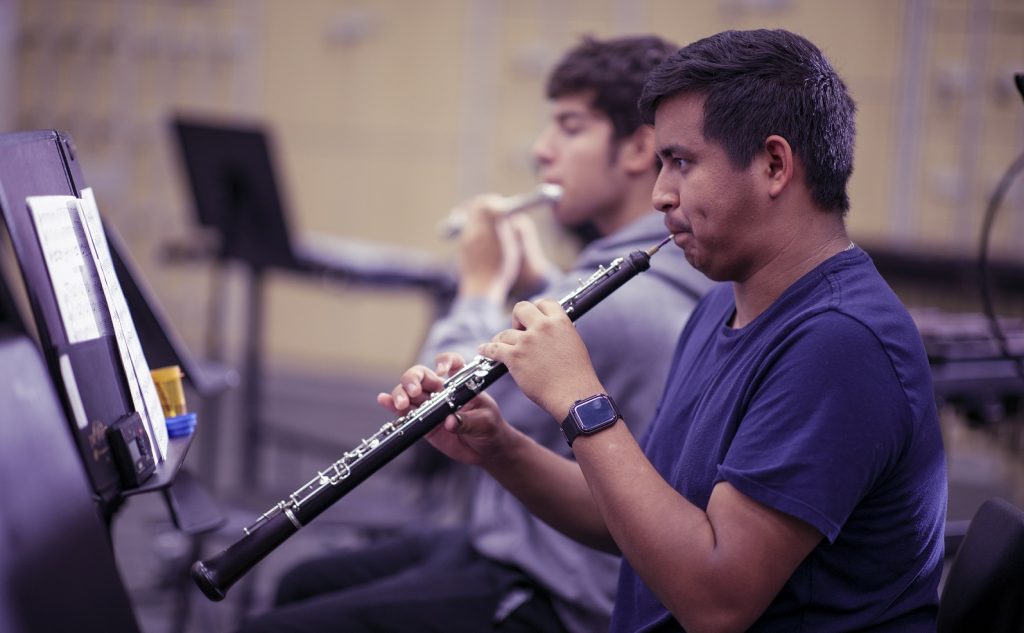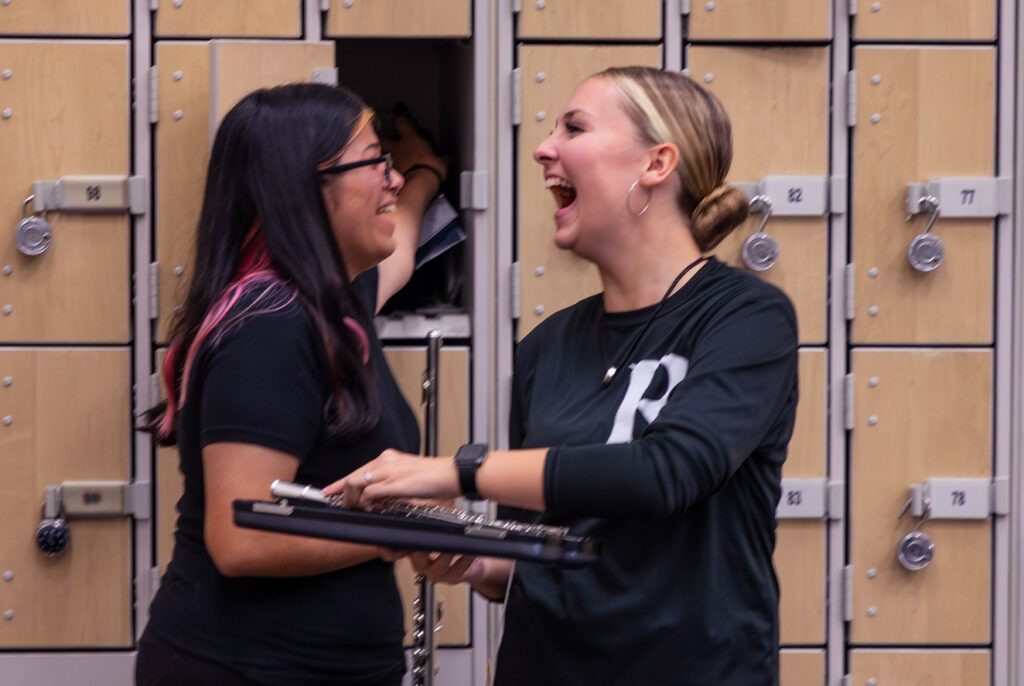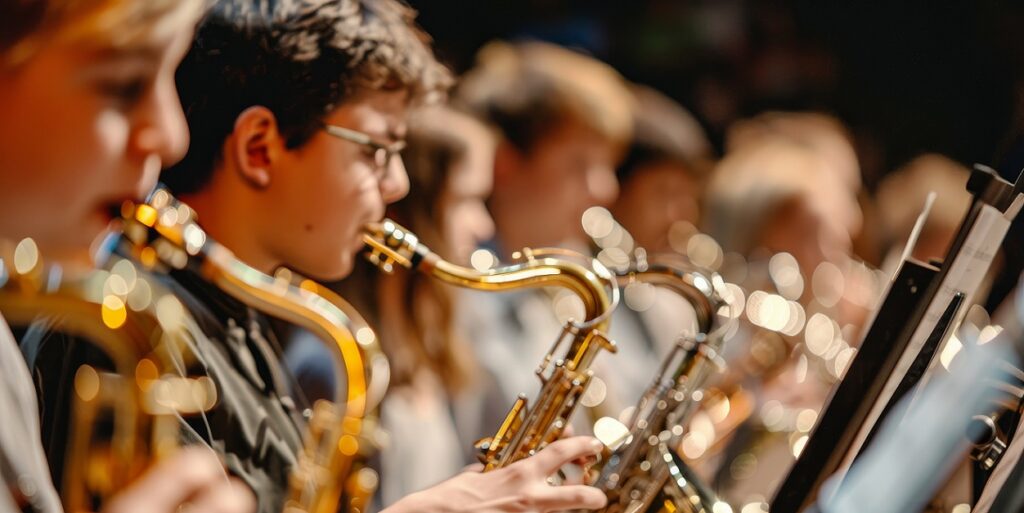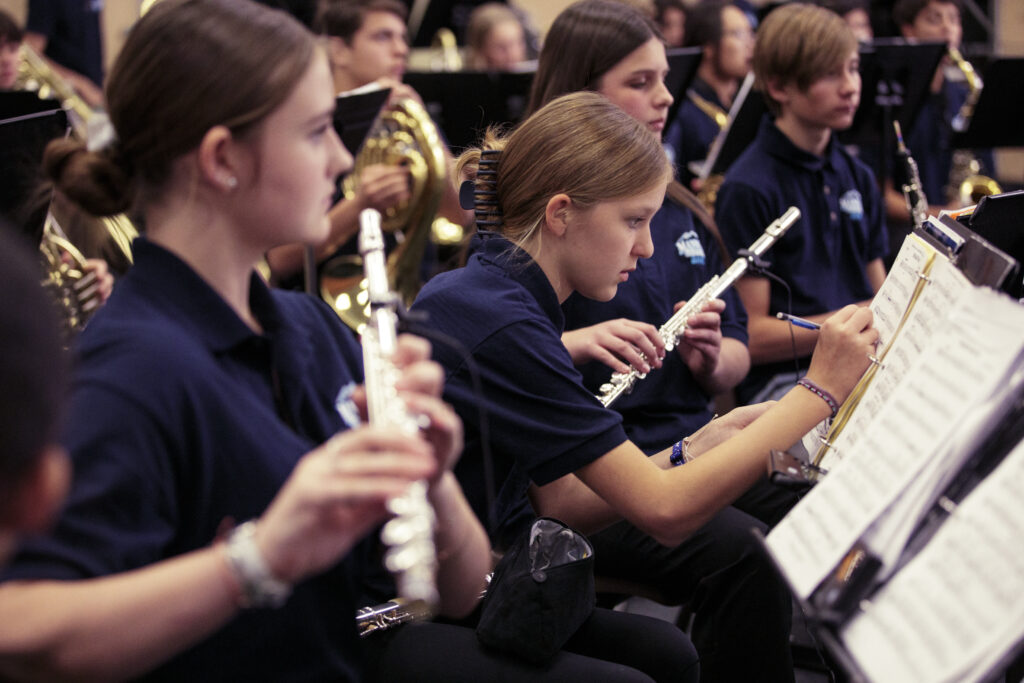Teaching Music in High Need Schools: Building Rapport
In Part 2 of this series, we explore ways to build rapport with students, parents, administrators and community partners.
Building rapport with students, parents, the school and the local community is one of the most important, yet often overlooked, aspects of a successful music program. If you teach at a Title I school that has a majority of students whose families live at or below the poverty line, establishing these relationships is even more critical.
Understanding Student and Community Needs
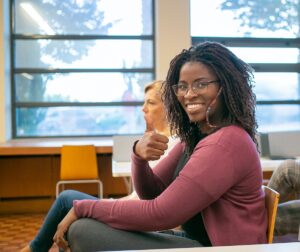
Many of us are familiar with Maslow’s Hierarchy of Needs as outlined by Saul Mcleod, and we understand why it is essential for us to know what we may need to provide to students so they can be successful in school and in our program. If our students’ physiological (food, water, clothes, etc.), safety, social and esteem needs are not adequately met each day, we must be ready to address these issues to mitigate any barriers to the learning process. As highlighted by Jessica Minahan’s article, “Trauma-Informed Teaching Strategies,” it can be difficult for a student to maximize their learning potential when they are hungry, feel they are in danger or do not have the support needed to fully express themselves.
As a teacher in Title I schools throughout my K-12 career, I can reflect back to times when I saw my students struggling to have these needs met. At first, I leaned on my educational training, which taught me that teachers have a specific role, and if we have students who need support in other ways, we must be aware of the people and available services to share with them and their families. We should not, however, wear the many hats of counselor, surrogate, life coach, etc. This kind of thinking, however, unintentionally built barriers that prevented my students from opening up to me.
Next, I tried to assess what I thought the needs of my students were and provide the resources they needed in the classroom. Students, however, would feel embarrassed or ashamed and not take advantage out of fear of judgment by me or their peers. Then, as I was taking notes at a conference session on building rapport with students, I realized I was missing a key component to my intentions. I was not connecting with my students as people — I was still viewing them as a type of “stakeholder,” and they were viewing me as just a music teacher. When I started to connect with my students on a human level, share more about myself and my background, and learn more about them and their interests, it made it so much easier to build a strong rapport with them. Alice Pendlebury’s dissertation, “Building Positive Relationships in Title I Schools,” highlights the importance of developing strong bonds with your students as a gateway to trust and success. The following passages will share in greater detail how to establish meaningful connections with students, parents, colleagues and community partners.
Build Trust with Students

Some of the key connections that I found to be most important with my students coincide with Leslie Wooten-Blanks’ article, “Building Rapport with Students by Sharing a Piece of Yourself,” and include:
- Knowing how to pronounce their full name correctly.
- Constant encouragement and an open-door policy.
- Talking to students during downtime (before school, between classes, etc.) and sharing more about yourself in a casual, but still professional, way.
I made it a priority to have at least one informal conversation with each of my students before the end of the first two weeks of the school year. This helped me get to know my students, start building trust, and help them understand that I see them not just as student musicians, but as people too.
Finally, learn not only about your students’ musical interests, learn more about their lives outside of music. There are many wonderful things our students have going on in their lives that, because we only see them within the context of our class, we do not get to see fully expressed. If you ever have the chance, attend an event or a sport that some of your students may be involved in at school. It will build lots of goodwill with your students, and their parents will appreciate it as well.
THE YAMAHA EDUCATOR NEWSLETTER: Sign up to receive real-world advice, tips and instrument guides!
Connect with Parents

Getting to know parents is also very important to build a strong and sustainable music program in any setting, but it is particularly critical for success in a high-need school. Because of the economic stressors that families can face, it may be difficult for a parent or guardian to balance their family responsibilities, work schedule and involvement with the program. Before I would ask parents to fundraise, chaperone or serve on a committee, I would carve out time early in the school year to introduce myself to as many parents as possible, get to know them and share the volunteer opportunities with our program.
Next, I would invite parents to come sit in on either a class or an after-school rehearsal whenever they had any free time so they could see what it is we do in music class. I had a completely open-door policy and let parents know that they could come as often as they liked. Once parents saw how much their child was learning in music class, it was easy to reach out to them for support and assistance. Using a method of giving first and asking second made it simple for me to ask parents to step up when we needed them for fundraising, chaperoning or supervising students.
Collaborate with Colleagues, Administrators and Community Partners
The colleagues and administrators at my schools were always supportive of our programs, not because it was the norm at the school, but because I was intentional and authentic in garnering their support. One example of this can be found in how I approached them. We’re all very busy, so I would find the parts of the day when a colleague or the principal may have less on their plate and schedule a brief meeting. For some, the best time was before school, for a few it was during morning or afternoon duty, and for others it was after school. I would make it a point to learn more about what they have going on professionally and how the music program could support them. Investing in this way helped me to have a very open and approachable relationship with my colleagues, which helped us greatly when we needed extra teachers for field trips or managing crowds at concerts and other events.
Community partners were such a joy to work with. We built strong partnerships with local small businesses, as well as many restaurants and big box stores in town. Schools and districts usually have a list of their official partners in education, and I would use it to start my outreach. I would also ask parents if they were small business owners or worked for a company that would be interested in partnering with us. Once I introduced myself and gave them a little information about the program, I would offer my program’s support of their business. I would ask them to share any events or activities they have upcoming and how either I, our students or our parent volunteers could help support them. Companies are accustomed to having organizations ask for monetary gifts or free goods, but I wanted them to see that a partnership with our program would be mutually beneficial. This always led to a massive outpouring of support from our community partners. Whether it was sending our jazz band to perform at a local board meeting or bringing student and parent volunteers to our community partners’ events, our ability to show how we could support them in reaching their goals was a great benefit to the music program as well.
Strong Rapport Leads to Success

Building rapport with students offers a multitude of benefits. It fosters a positive and supportive learning environment where students feel valued, seen and understood. This connection can really boost a student’s sense of self, motivation and overall engagement in our program. Also, by establishing trust and rapport, we can gain insights into students’ unique backgrounds and needs. This allows us to tailor our instruction and provide more targeted and personalized academic support.
Strong professional relationships with parents, colleagues, administrators and community partners can provide the resources and funds necessary to help our programs thrive. When the community coalesces around a music program in this way, it often results in improved attendance rates, reduced disciplinary issues and better academic outcomes.
This series attempts to show ways that we can mitigate disparities in access and opportunity by providing a high-quality educational experience for our students who may face socio-economic challenges. Building rapport with our students, their families, the school, and the local community can go far toward developing a thriving music program.
Read part 1 of this series on recruitment.
Read part 3 of this series on defining success.
Read part 4 of this series on best practices.
Read part 5 of this series on funding.
Read part 6 of this series on retention.
Read part 7 of this series on sustainability.
References
- Mcleod, Saul. (2023). “Maslow’s Hierarchy of Needs Theory.” Simply Psychology.
- Minahan, Jessica. (2019). “Trauma-Informed Teaching Strategies.” The Association for Supervision and Curriculum Development.
- Pendlebury, Alice Charlotte. (2020). “Building Positive Relationships in Title I Schools: Teacher and Student Perspectives in the Elementary Classroom.” Published Doctor of Education dissertation, University of Northern Colorado.
- Wooten-Blanks, Leslie, PhD. (2023). “Building Rapport with Students by Sharing a Piece of Yourself.” Faculty Focus | Higher Ed Teaching & Learning.














